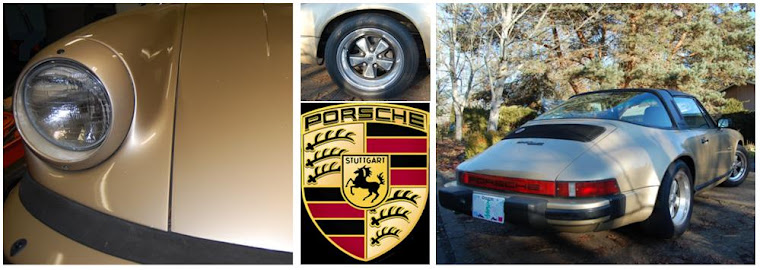Component selection is something I’ve thought about a lot over the years. The goal is to select a combination of parts that will work well as a system. One of the key goals for me is to maintain performance that is comparable to the original. In 1983, this car would do zero to 60 mph (96.6 km/hr) in 7 seconds. This may seem tame by today’s standard, but it is plenty quick for me. The electric motor will be key to meeting this goal. Once the motor is installed, I will have a better idea of how much space is available for other components, especially where all 56 of the batteries are going to live.
Today I placed the order for an electric motor and adaptor kit. The electric motor is called the WarP9 from NetGain. It is just over 9 inches (235 mm) in diameter and 16 inches (400 mm) in length. It weighs 156 lbs (71 kg). It delivers 32 horsepower. That may not sound impressive, but it is a continuous output rating. In short bursts, the motor is capable of coming close to the stock gas engine output of 170 horsepower. A key advantage of an electric motor is that virtually all 200 ft lbs (270 Nm) of torque are available at 0 RPM, where a gas engine develops maximum power above 5000 RPM.
The adapter plate is a chunk of metal, typically aluminum, which mechanically fastens the motor to the transmission. It must be machined to tight tolerances to align the motor shaft and transmission shaft so that they spin along the same axis. A hub clamps onto the motor shaft and provides a means of attaching the flywheel. The clutch mounts to the flywheel the same as it did with the gas engine. Some people choose to go without a clutch and couple the motor and transmission rigidly. Going without the clutch has the advantage of less rotating mass and it’s much simpler mechanically. However, I think the driving experience will be better with the clutch.

Hi there,
ReplyDeleteGood luck with the conversion, I've seen a 911 done, and they're a blast. In fact, your components on EV Album are very similar to what I'd like to use in my conversion (still in $$ saving mode, maybe starting later this year?). Just curious, what affected your decision to go with the Warp 9 as opposed to the Warp 11? Did anyone give you advice that led you to the 9 inch?
Best,
Alex Vieira
Colorado Springs, CO
Hi Alex. Thanks for your comments. There is no benefit in going to the bigger motor unless your batteries are capable of pushing the extra power. My project is geared more toward range, and the 9 inch is not fully utilized for the power I will be pushing. If your batteries are capable of higher current output and you want to trade a bit of range for better acceleration when selecting your battery, the 11 inch or 11HV is something to consider.
ReplyDeleteJoey,
ReplyDeleteI've read your entIre blog and am so impressed with your work and attention to detail. Can you tell me why you chose the warp9 over the AC50?
Thanks,
Steve
I didn't think the AC50 could deliver enough torque. I think this is a limit of the Curtis controller. The AC30x2 would be a very good choice - very equal to the gasoline output as it uses two Curtis controllers, but it wasn't available at the time. An AC50x2 or a higher output controller would be a good choice.
Delete